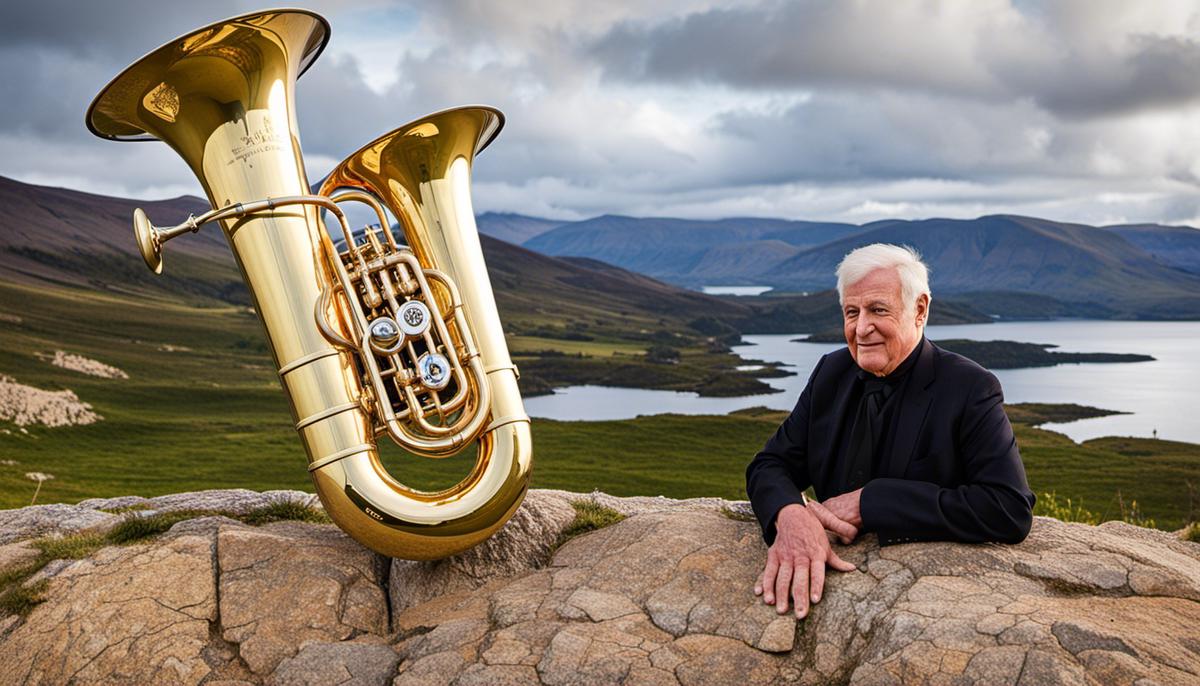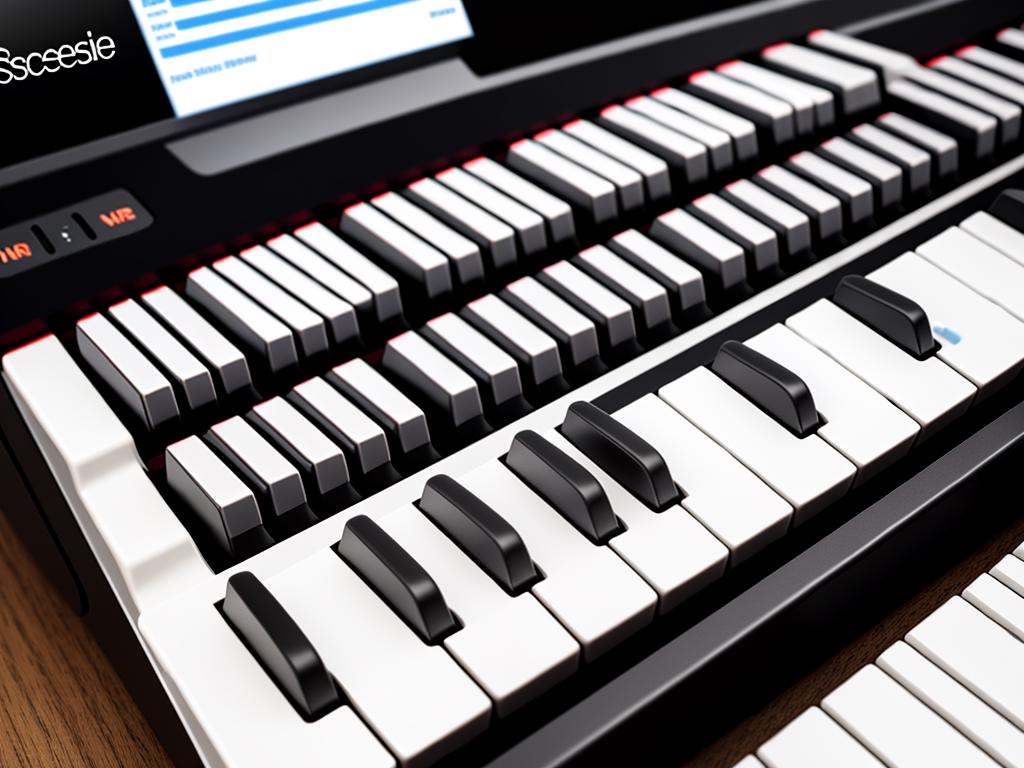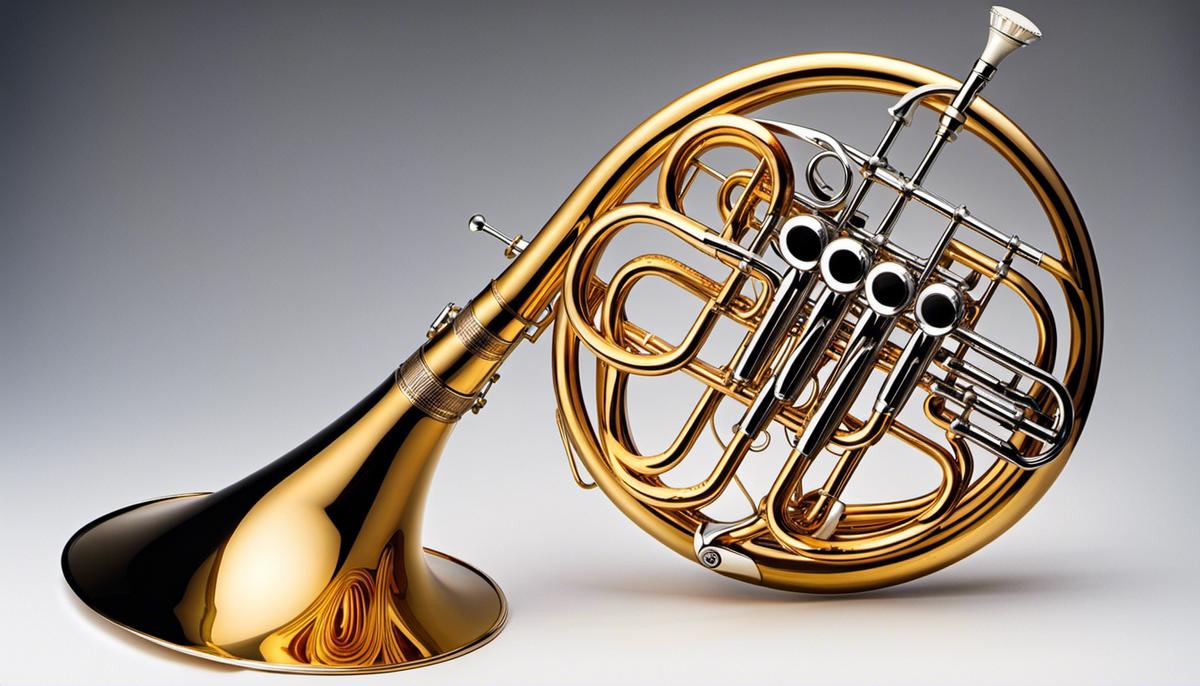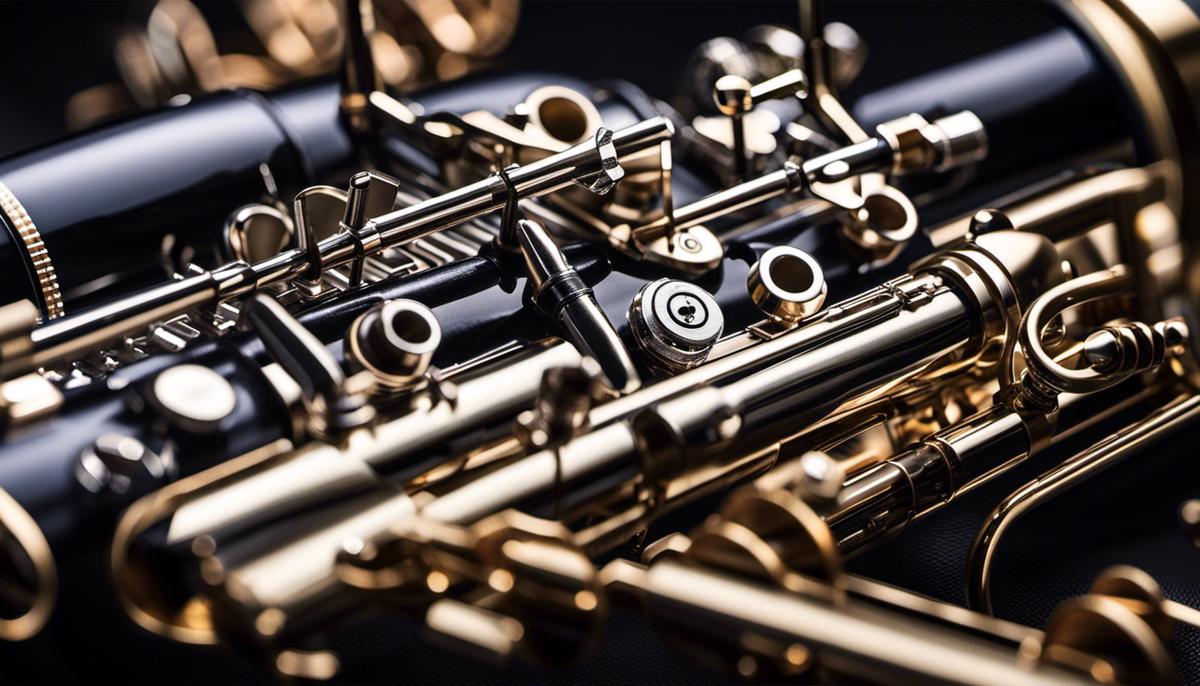Best Low Brass Ensembles (2023)
Introduction There are countless great low brass ensembles offers a transcendent auditory adventure, full of rich tones, compelling harmonies, and intricate teamwork. This journey begins by understanding the fundamentals of the main low brass instruments such as the trombone, tuba, and euphonium. Appreciating their unique mechanics and sound qualities lays the foundation for a deeper … Read more









